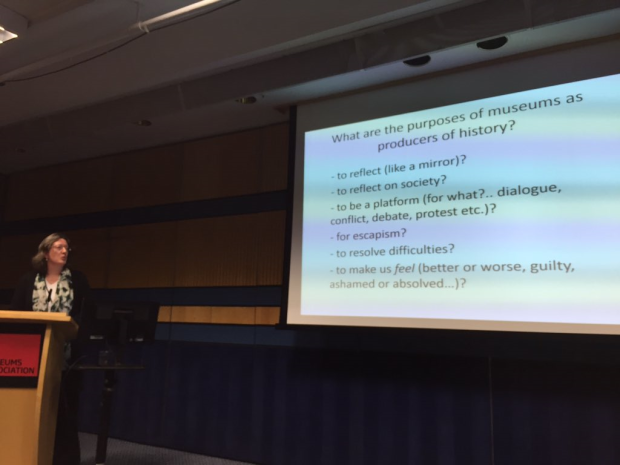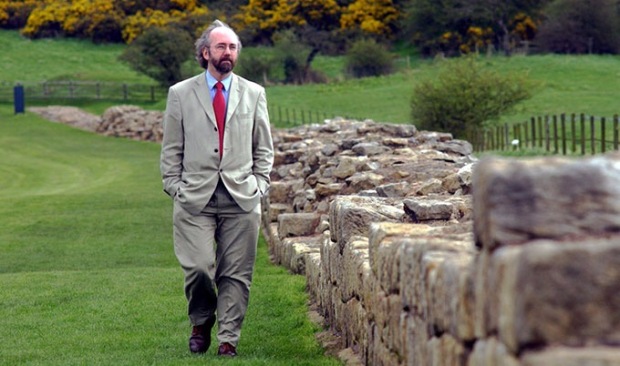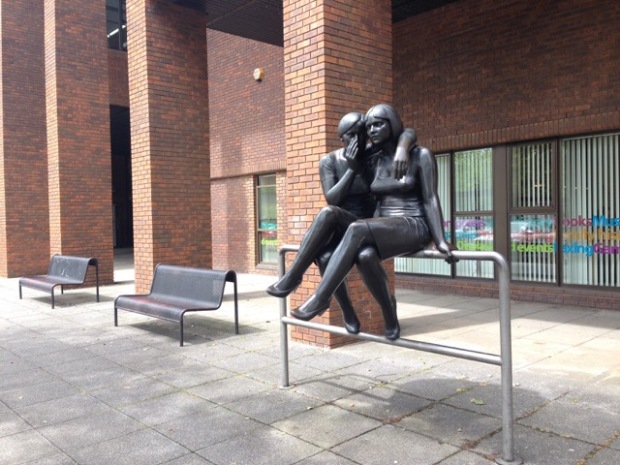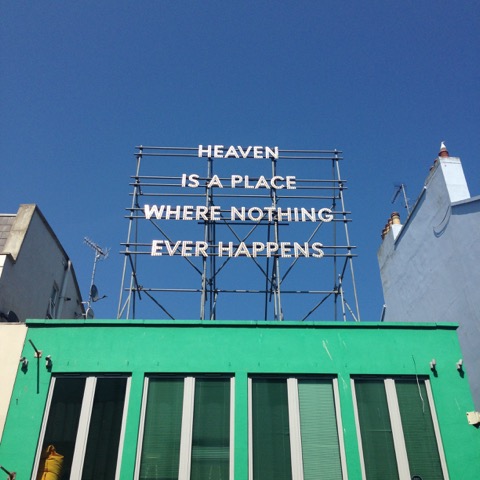ICCHS staff are working with colleagues at Beamish Museum to investigate the impact of the museum’s work with older people in two, separate projects.
Beamish Museum is an open air museum which tells the story of life in the north east of England in at different moments in the 18th, 19th and 20th centuries. They use buildings moved from across the region to create period settings. The museum’s staff have been working with older audiences for several years. Originally the sessions took place in one of the 19th Century ‘Pit Cottages’ but recently moved into ‘Orchard Cottage’ which is a 1940s set out as a 1940s farm-worker’s cottage. The sessions have also evolved from conventional reminiscence sessions, making use of handling collections and the immersive setting, into broader sessions, involving sensory stimuli and meaningful physical activity. The aim of the sessions is to promote mental health and emotional wellbeing.
Active Ageing & Heritage in Adult Learning
This is a European, service evaluation project funded by Erasmus+ to promote innovation in organisational practices in the field of lifelong learning.
The project’s primary partners are 5 open air museums: Beamish, Den Gamle By (Denmark), Jamtli (Sweden), Maihaugen (Norway) and Skanzen (Hungary). The museums’ staff have agreed a topic and structure for delivering reminiscence sessions for older people at each venue. The plan is that the reminiscence sessions from all the venues will be broadly comparable.

Erasmus + project team members at Maihaugen Museum (l-r): Areti Galani, Tanya Wills (Beamish Museum) & Michelle Kindleysides (Beamish Museum)
Alongside the 5 museum partner organisations, 3 university partners were invited to develop and implement a methodology for evaluating the perceived impact of these sessions on the participants and any accompanying carers. The 3 universities are Aarhus (Denmark), Linnaeus University (Sweden) and Newcastle University. The Newcastle University team working on the project is being led by Rhiannon Mason, along with Areti Galani and Bruce Davenport (the project researcher).
By delivering comparable sessions across all the museums, and using a consistent methodology for evaluation, the project aims to generate a large body of data and recommendations for good practice in the area of reminiscence and older people.
Methodological investigations in capturing the impact of museum activities on older men with mental illness
A couple of years ago, Beamish Museum’ Active Ageing Officer, Michelle Kindleysides (an ICCHS alumni), worked in collaboration with Emma Biglands an Occupational Therapist based at Derwent Clinic, Mental Health Services for Older People in County Durham to develop workshops for a group of older men living with a range of mental ill health conditions such as depression and dementia. They developed the content of the workshops to match interests, skills, past experiences and the cognitive level of the participants enabling the men to feel they could contribute, make choices and participate to their occupational potential.
The focus of the sessions was on active participation, tapping into lost practical skills, providing meaningful engagement, and socialisation within the historic spaces of the museum and utilising the social-historical objects within the collection. ‘Jobs’ from around the museum formed the key activities in the sessions, which gave the men an opportunity to contribute to the visitor experience at large.
Anecdotal findings from the pilot, including the participant’s own remarks and the organisers’ observations, suggested that the set of workshops had a positive impact on the men’s subjective sense of wellbeing. However, evaluation methods using questionnaires proved to be intrusive and, potentially, detrimental to the outcomes of the session. So Michelle asked if we would like to get involved in trying to find different ways of evaluating the outcomes of the session.
Areti Galani is leading the Newcastle University project team with Bruce Davenport as the project researcher. The project is exploring possible evaluation methods, so Areti and Bruce worked with Michelle and Emma to develop a set of evaluation techniques that might provide insight into the impact of the workshops whilst remaining unobtrusive during the session.

Planting bulbs in the raised bed outside Orchard Cottage during one of the Men’s Group Sessions
The project has been jointly funded by Newcastle University’s Institute for Ageing and Institute for Social Renewal.
Both projects are ongoing. For further information, please contact Bruce Davenport: bruce.davenport@newcastle.ac.uk













